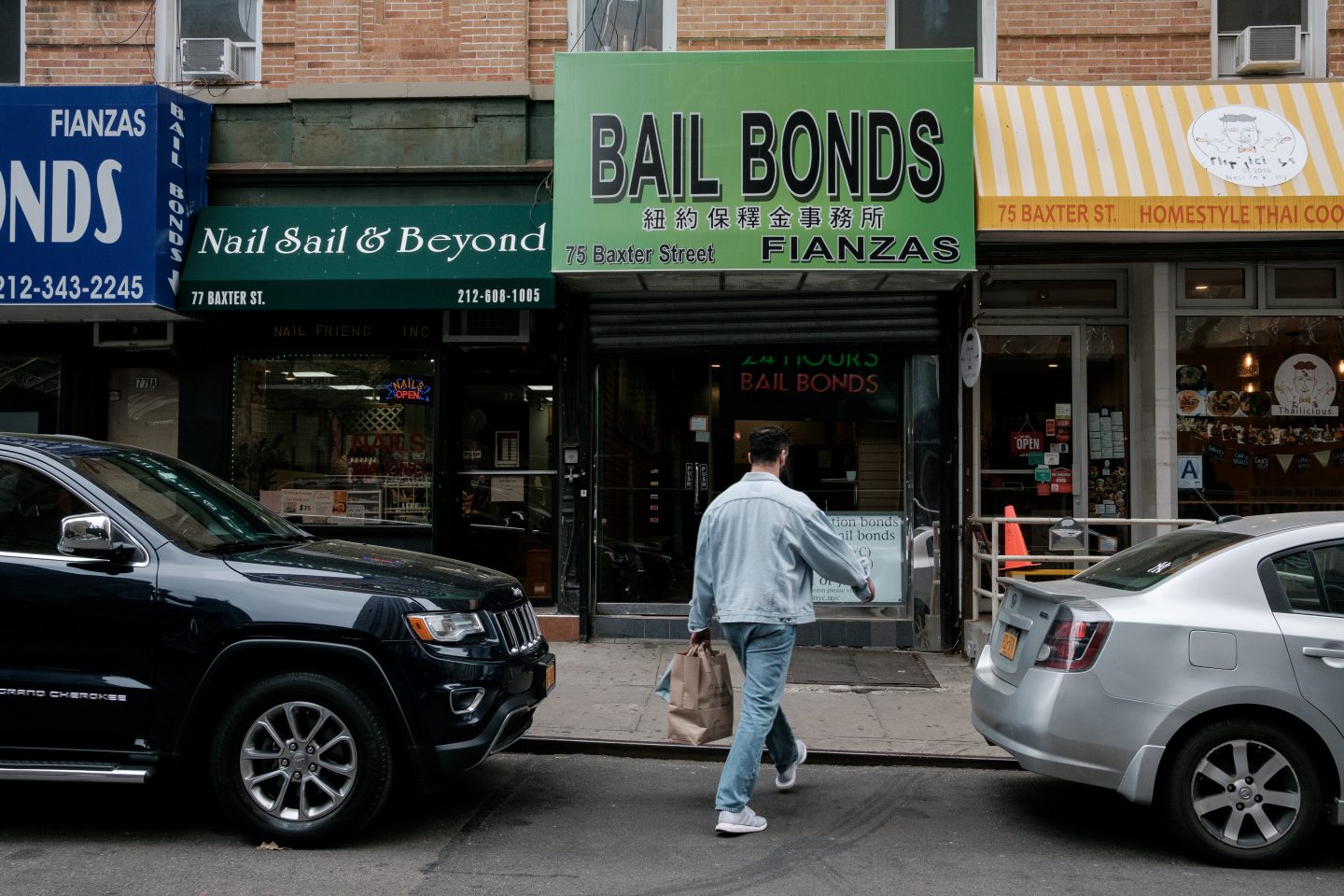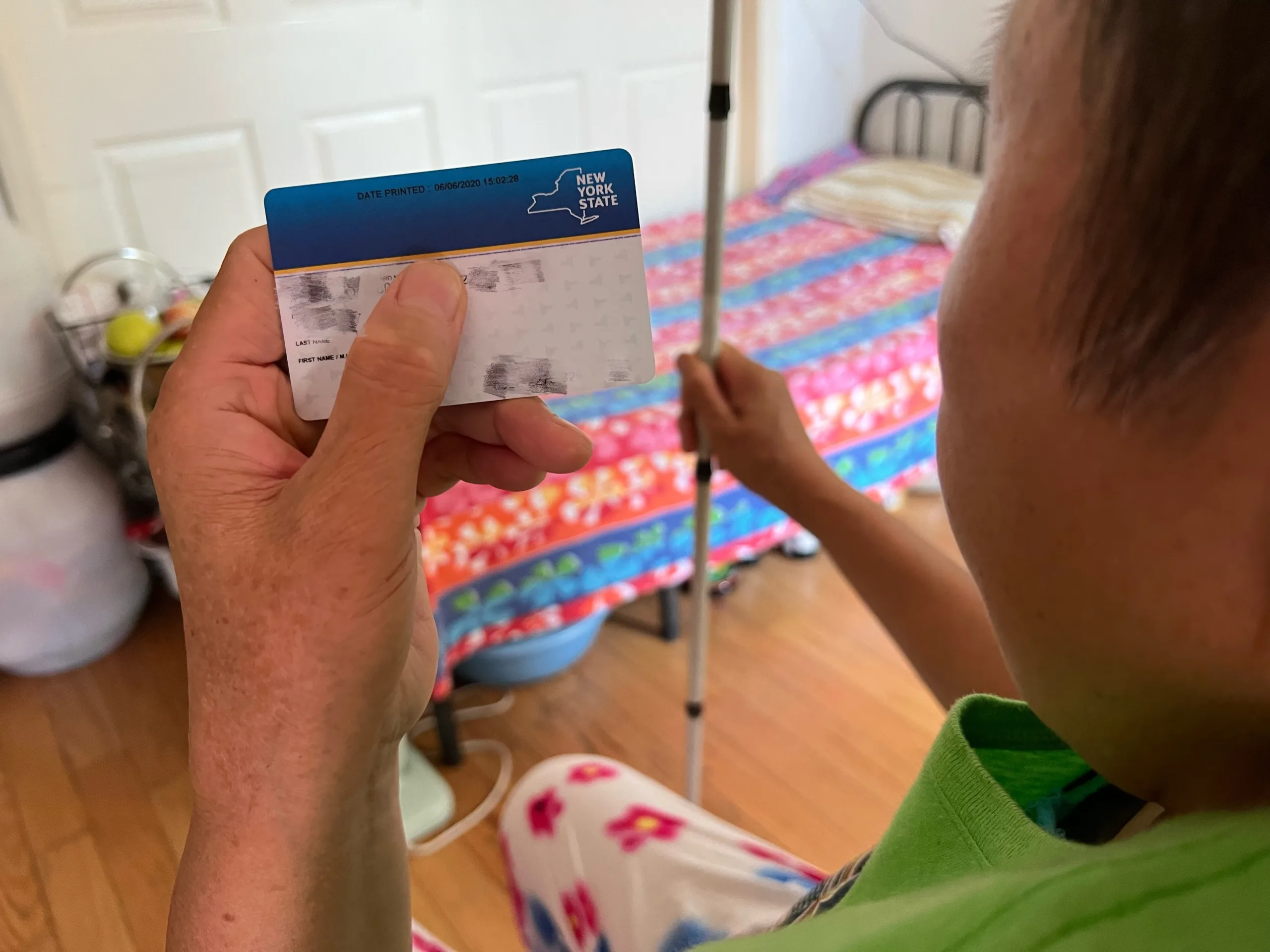Documented analyzed data from over 8,000 cases to determine how New Yorkers were being charged for immigration bond. The Executive Office of Immigration Review sent 1,500 pages of data from court decisions at the Varick Street immigration court in Lower Manhattan and the courts in Newark and Elizabeth, New Jersey, from March 2008 until March 2018. Overwhelmingly, the judges seemed to settle on the same median figure: $7,500. The data didn’t include details about the individual cases, but one asylum seeker Documented spoke with was charged $20,000 despite having no criminal background.
When compared with reports from Syracuse University’s Transactional Records Access Clearinghouse (TRAC) and the New York Criminal Justice Agency, the data showed that immigration bond in New York City, Newark and Elizabeth was generally higher than the rest of the country and more expensive than criminal bail. Here are the main findings:
In New York City, the median bail set for people charged with non-felonies was $1,000 in 2015 and 2016, according to the New York Criminal Justice Agency. People charged with felonies were ordered to pay $5,000 to get released from jail during those years. According to researchers, judges are generally releasing more people from jail while their cases unfold in the court system. The bail statistics included in the NYCJA report involve just a portion of the criminal justice system, not the majority.
For immigrants, Immigration and Customs Enforcement can also release people without collateral in the form of money or property, but more often they decide to keep them detained on bond, according to a report from TRAC. Here, the data showed that people charged with felonies and non-felonies have been charged 50 to 650 percent less than immigrants are for bond.
TRAC gathered data about EOIR immigration bonds nationally in 2016. From 2008 until 2015, the median bond EOIR charged immigrants was $5,000, according to an analysis of the data collected by TRAC. During that same time period, New York City immigration judges charged them a median bond of $7,500, according to EOIR data. TRAC data showed that 2016 bucked the trend, as national bonds were more expensive than New York’s. Documented didn’t include that year in the analysis as the data is incomplete.
In addition to the Varick Street immigration court, Documented also received data from the immigration courts in Newark and Elizabeth, New Jersey from 2008 until 2018. The data analysis suggests that judges in the area follow the same informal guidelines — the most common median bond for all three courts, including Varick Street, was $7,500 — but the median price of bond can vary widely between courts and from year to year, despite the courts being geographically close. In 2010, the median bond Newark judges charged was $2,500 more than than judges in Elizabeth. A year later, they charged the same amount. Documented omitted 2016 until 2018 as the data in those years is incomplete.














